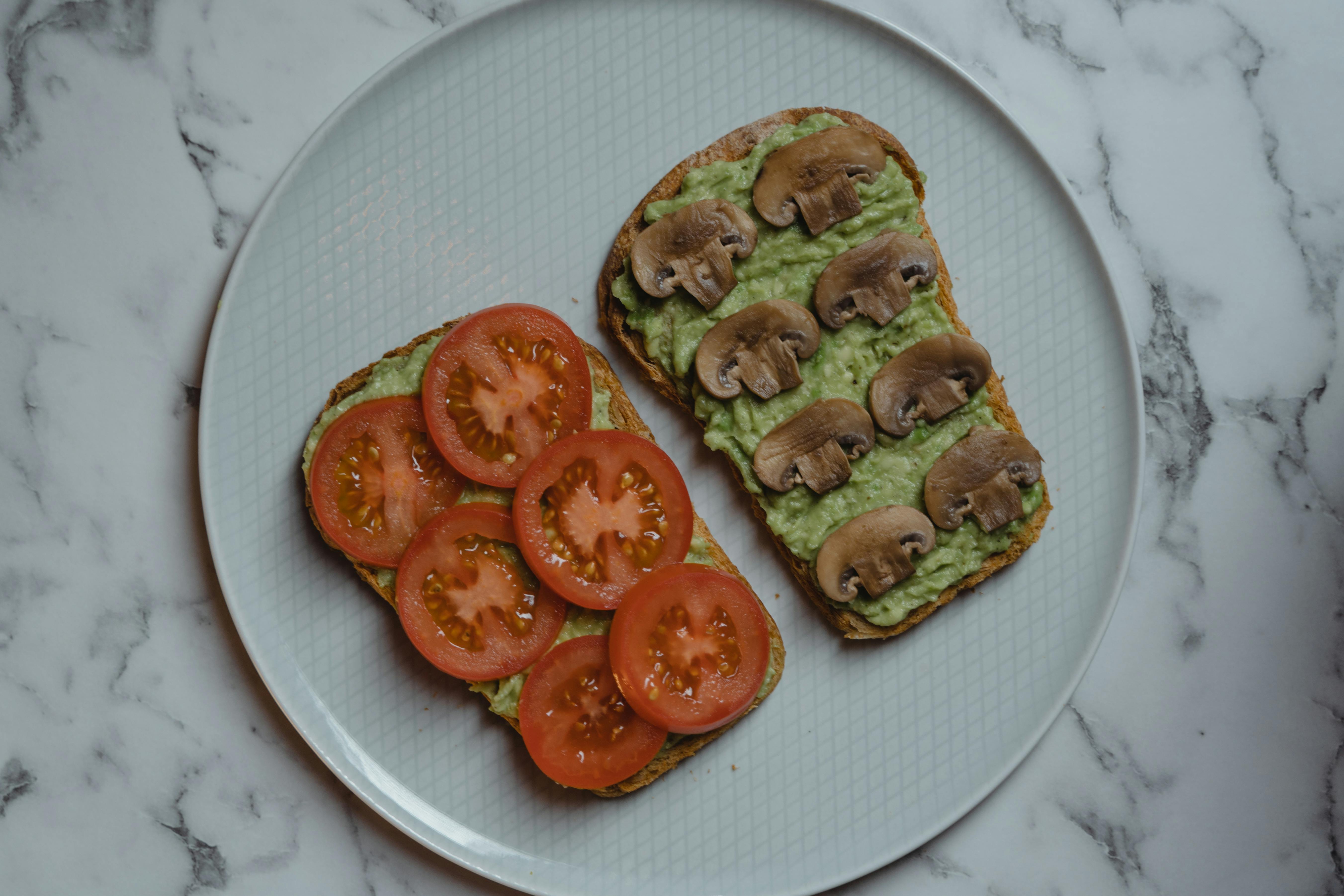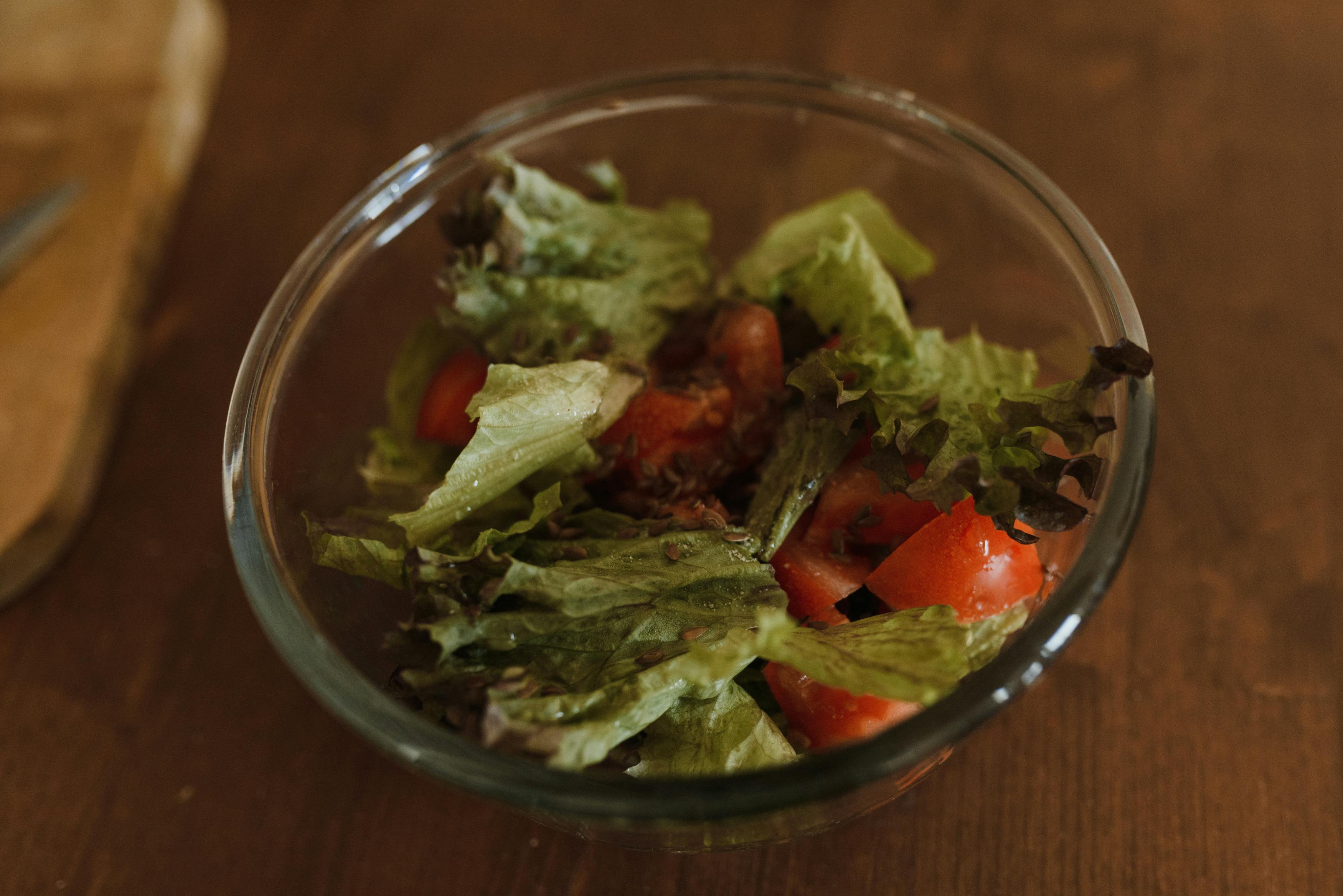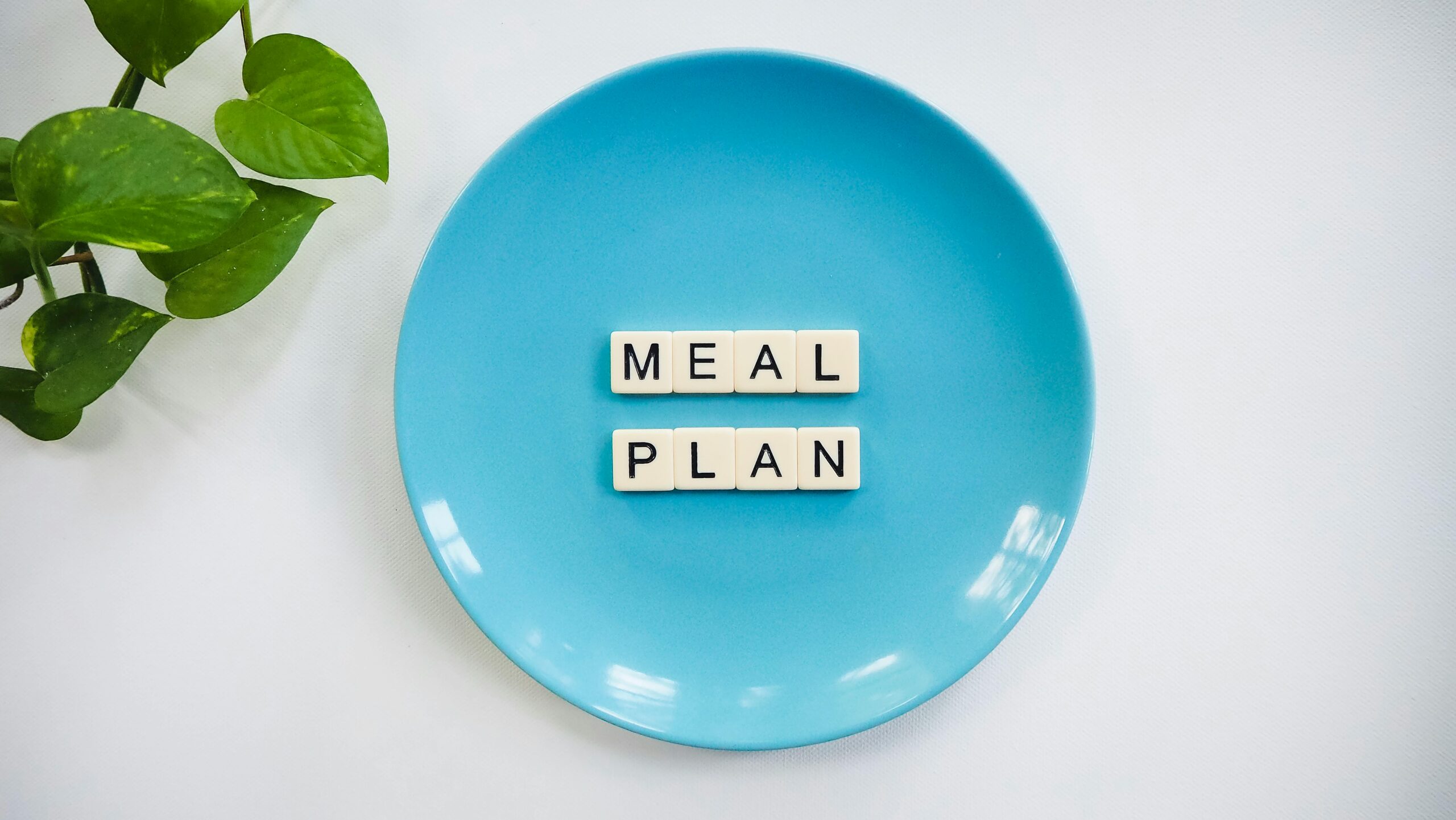Best 7 Low Iodine Diet Options for a Healthy 2025: Practical Meal Plan Guide
Embarking on a low iodine diet can feel overwhelming, particularly due to the numerous dietary restrictions and the need for precise meal planning. However, understanding the essentials of a low iodine diet is crucial for those managing thyroid issues or preparing for radioactive iodine treatment. A well-structured plan not only promotes healthy eating but also ensures nutritional needs are met while adhering to iodine restrictions. In this guide, we will explore seven effective low iodine diet options, along with practical meal plan suggestions that cater to varied lifestyles and tastes.
The benefits of a low iodine diet are vast, promoting clearer understanding of dietary habits, potential weight management, and fostering a more health-conscious lifestyle. This article will equip you with essential meal ideas, cooking tips, and shopping guidance to make your transition to a low iodine diet smooth and successful. Get ready to prepare meals that are not only iodine-free but also delicious and fulfilling!
Throughout this guide, we will delve into the components of low iodine cooking, suitable foods to incorporate, and specific recipes. By the end, you will be well-equipped to follow a two-week meal plan aimed at reducing iodine intake while enjoying a varied and satisfying diet.
Essential Low Iodine Foods for Healthy Meal Preparation
Understanding what constitutes low iodine foods is the foundation of meal prep in a restricted diet. Foods that are naturally low in iodine include various fruits, vegetables, grains, and proteins. Emphasizing these options will ensure your meals are balanced, nutritious, and compliant with dietary iodine guidelines.
1. Fresh Fruits and Vegetables
Fruits and vegetables such as apples, berries, carrots, and leafy greens are excellent low iodine options. They are not only nutrient-dense but also add freshness and flavor to your meals. When preparing snacks or sides, incorporating a colorful array of produce can help maintain interest in your diet. Remember to wash them thoroughly to remove any pesticides or contaminants.
2. Iodine-Free Grains
Grains such as rice, quinoa, and oats are low in iodine and serve as fulfilling bases for meals. They can be prepared in various ways—from savory pilafs to sweet oatmeal bowls—while also allowing flexibility to modify flavors with herbs and spices. This versatility will help tackle potential monotony in your meals.
3. Low Iodine Protein Sources
For protein, turn to options like tofu, legumes, and egg whites. These ingredients can be tailored to your taste, providing ample opportunities for creating flavorful dishes. Embracing a variety of protein sources not only enriches your meals but also aids in achieving a balanced diet.
4. Low Sodium Recipes
As sodium can often accompany iodine, utilizing low sodium recipes becomes essential. For instance, using fresh herbs and spices for seasoning rather than pre-packaged alternatives can significantly reduce unwanted iodine and sodium intake while adding depth to meals.
5. Suitable Oils for Cooking
When cooking, choose oils that are low in iodine, such as olive oil or canola oil. These fats will enhance the flavors of your dishes and provide healthy fats necessary for a balanced diet. Keep an eye out for cooking techniques that maximize nutritional retention without adding iodine.
Planning Your Two-Week Low Iodine Meal Plan
Creating a structured two-week meal plan can simplify your cooking endeavors and ensure adherence to a low iodine diet. Effective planning not only minimizes stress in everyday meal choices but also sets a foundation for healthy eating habits going forward.
1. Crafting a Weekly Grocery List
Begin by crafting a comprehensive grocery list catered to low iodine needs. Include fresh produce, low iodine grains, and suitable oils. By organizing your shopping, you’ll avoid impulse purchases that might conflict with your dietary restrictions.
2. Meal Ideas for Every Day
Designate specific recipes for breakfast, lunch, and dinner each day. For instance, you can enjoy oatmeal topped with fresh fruit for breakfast, a quinoa salad with veggies for lunch, and a stir-fry with tofu for dinner. Ensure the recipes utilize low iodine ingredients to stay compliant.
3. Preparing Meals in Advance
Set aside time each week for meal prep, which could include cooking grains, chopping vegetables, and marinating protein sources. Pre-prepped meals not only save time but also promote healthier eating by making it more convenient to stick to your nutrition goals.
4. Variety to Avoid Monotony
To keep meals exciting, rotate your recipes regularly and explore different cooking techniques, such as grilling, baking, or slow cooking. This approach highlights meal diversity and sustains interest in your low iodine diet.
5. Snack Ideas without Iodine
Your snack options can be equally delicious and low in iodine. Consider options like homemade hummus with carrot sticks, fruit smoothies, or unsalted popcorn. Preparing snacks in advance supports healthy habits throughout the day and prevents the temptation of high iodine foods.
Easy Low Iodine Recipes for Busy Schedules
With the fast-paced nature of modern life, it’s vital to have easy-to-follow recipes that fit into your busy schedule while adhering to low iodine dietary restrictions. These quick meal ideas ensure that nutritious eating is achievable even when time is tight.
1. Quick Breakfast Suggestions
Start your day with a quick low iodine breakfast. Scrambled egg whites with spinach or overnight oats topped with bananas and a dash of cinnamon are great ways to kick off your morning. Both options allow for easy preparation and are high in essential nutrients.
2. Fast Lunch Options
For lunch, prepare a wrap using low iodine tortillas filled with grilled vegetables and a spread of hummus. This meal is not only quick but also portable, perfect for work or school lunches.
3. Quick Dinner Recipes
Create a simple vegetable stir-fry using seasonal vegetables and tofu. This recipe can be swiftly prepared in one pan and flavored with a splash of low sodium soy sauce, making it convenient for a weeknight meal.
4. Satisfying Snack Choices
For snacking, consider avocado toast on low iodine bread or energy bites made from oats and almond butter. These options are quick to make and provide energy without compromising your diet.
5. Sweet Treats That Fit the Diet
Indulge in low iodine desserts like coconut chia pudding or fruit salad with a sprinkle of lemon juice. These treats provide satisfaction without straying from your iodine restrictions.
Understanding the Iodine-Free Diet Benefits
Transitioning to a low iodine diet can come with numerous health benefits. Beyond the immediate needs related to thyroid health, there are broader implications on overall well-being. Awareness of these benefits strengthens commitment to dietary changes.
1. Thyroid Health Management
A low iodine diet can significantly aid in managing thyroid health. For individuals preparing for radioiodine therapy, such dietary adjustments are critical to achieving optimal treatment outcomes.
2. Reduction of Inflammation
Lowering iodine intake may also contribute to reduced inflammation, particularly in those sensitive to iodine-rich foods. This offers a pathway to improved energy levels, better digestion, and general health enhancement.
3. Encouraging Nutritional Awareness
Managing a low iodine diet fosters greater nutritional awareness. By focusing on food labels and ingredient lists, individuals learn to interrogate their food choices, leading to healthier eating habits long term.
4. Empowering Cooking Skills
The necessity of preparing meals without iodine can enhance cooking skills. Individuals often expand their culinary repertoire as they venture into new recipe territories, leading to a more enjoyable food journey.
5. Positive Lifestyle Changes
Adopting a low iodine diet often leads to broader lifestyle changes. These may include increased mindfulness in food choices, enhanced grocery shopping practices, and improved hydration, all contributing to a healthier overall lifestyle.
Q&A: Common Questions about the Low Iodine Diet
1. What foods should I avoid on a low iodine diet?
It’s essential to avoid iodine-rich foods such as seafood, dairy products, and certain processed foods high in iodized salt. Familiarize yourself with food labels to ensure compliance with your dietary needs.
2. Can I eat out while on a low iodine diet?
Yes, dining out is possible! However, opt for fresh ingredients and ensure they do not contain iodine. Don’t hesitate to ask restaurant staff about meal preparation practices and ingredient sourcing.
3. How can I maintain variety in my low iodine meals?
Incorporate various low iodine foods and try new recipes regularly. Aim to create meals with an assortment of textures, colors, and flavors, which can prevent meal fatigue.
4. What are the best snacks for a low iodine diet?
Try fresh fruits, veggie sticks with hummus, or homemade granola bars made from low iodine ingredients. Preparing snacks in advance can ensure you always have options at hand.
5. Is it necessary to consult a dietitian for a low iodine diet?
Consulting a dietitian can provide personalized guidance and support. They can help tailor your diet to meet specific health goals while also ensuring nutritional balance and compliance with iodine restrictions.


If you’re interested in learning more about the low iodine diet and accessing further resources, don’t hesitate to explore this comprehensive guide and check out additional meal prep ideas.
